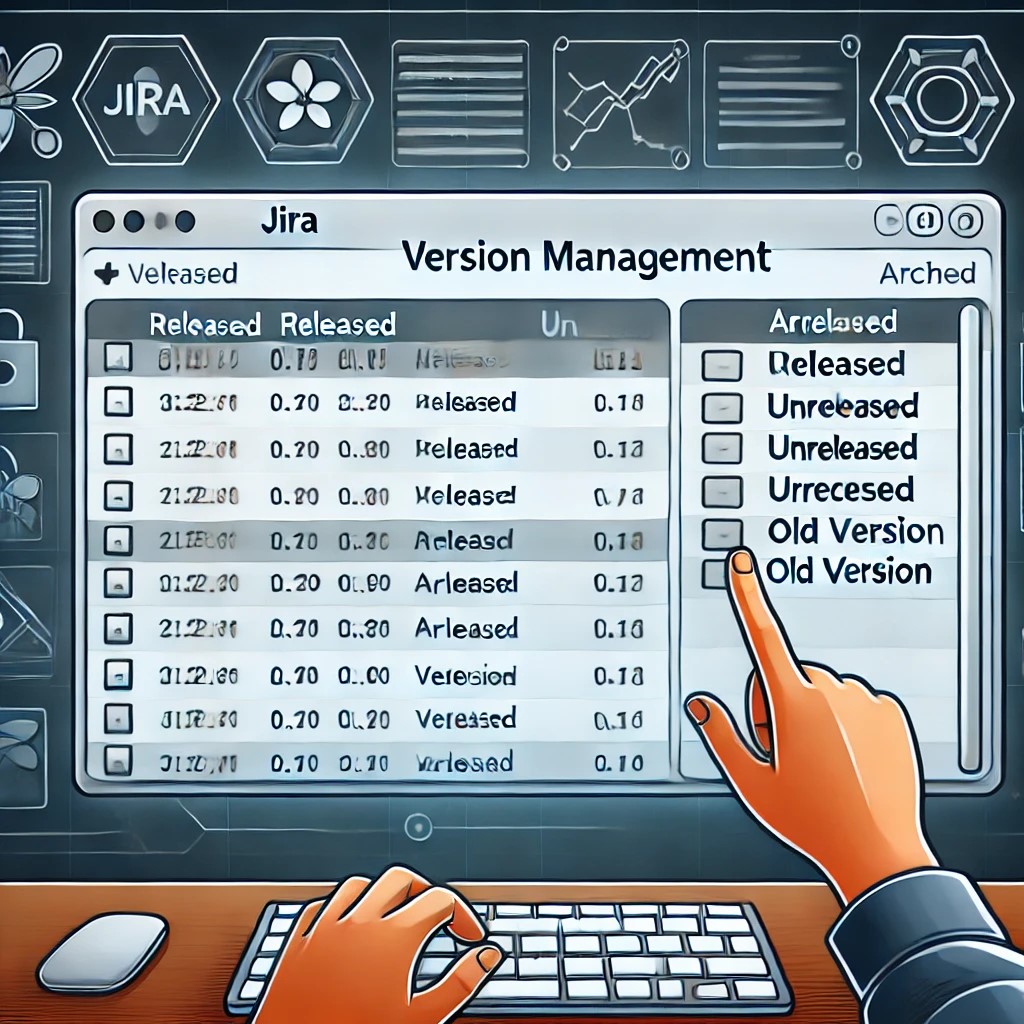
Introduction
One of the common questions in Jira administration is whether there is a limit to the number of versions that can be created. While the question may seem simple, it is crucial to understand the implications of creating too many versions within a Jira project. In this blog post, we will discuss version management in Jira, any known limitations, and best practices for keeping your versions organized.
Is There a Limit on the Number of Versions in Jira?
As of now, there is no strict limit on the number of versions that can be created in Jira. However, in older Jira versions (prior to Jira 7), having more than 65,000 versions could cause performance issues, particularly affecting boards. Fortunately, this issue has been fixed in later Jira versions, making it a non-issue for most users today.
While there are no explicit limitations in Jira Cloud or Jira Data Center, creating an excessive number of versions can make it difficult for both project administrators and users to manage them efficiently.
Why You Should Avoid Having Too Many Versions
Even though Jira allows you to create unlimited versions, managing a large number of them can lead to several usability and efficiency challenges:
- Difficult to Manage: The more versions you have, the harder it becomes for project administrators to track and maintain them.
- Hard to Find Versions: Users reporting issues might find it overwhelming to navigate through a long list of versions when selecting the appropriate one.
- User Confusion: Excessive versions may cause confusion among team members, leading to mismanagement of releases and incorrect version selections.
- Performance Considerations: Although Jira has improved performance, having too many versions in a project can still lead to UI slowdowns or difficulty loading certain pages.
Best Practices for Managing Jira Versions
To ensure a streamlined and effective version management strategy, consider the following best practices:
1. Archive Unused Versions
Jira provides an option to archive versions that are no longer in use. Archiving old versions helps reduce clutter and improves usability. If a version has been released and is no longer needed for active issue tracking, archiving it is the best approach.
2. Use Automation for Version Management
If your team frequently creates versions via automation, ensure that there are mechanisms in place to also archive or release versions on time. This prevents accumulation of outdated versions.
3. Limit Version Creation to Essential Releases
Instead of creating multiple minor versions, consider consolidating releases under a structured versioning strategy. This will help in maintaining a more manageable list.
4. Use Jira REST API for Archiving
If you manage Jira programmatically, you can use the Jira REST API to automate version archiving. The API allows updating version attributes, including marking a version as archived.
For example, in the Jira Cloud REST API, you can update a version by specifying the archived attribute when making a request.
5. Educate Your Team on Versioning Practices
Ensure that project administrators and team members understand the importance of managing versions effectively. Setting internal guidelines on version creation and retirement can help maintain order.
Conclusion
While there is no hard limit on the number of versions in Jira, managing them effectively is crucial for a smooth workflow. By archiving old versions, using automation, limiting unnecessary version creation, and leveraging Jira's REST API for maintenance, you can keep your projects organized and user-friendly.
If you frequently work with Jira and struggle with version management, consider implementing these best practices to optimize your workflow. Happy Jira versioning!
